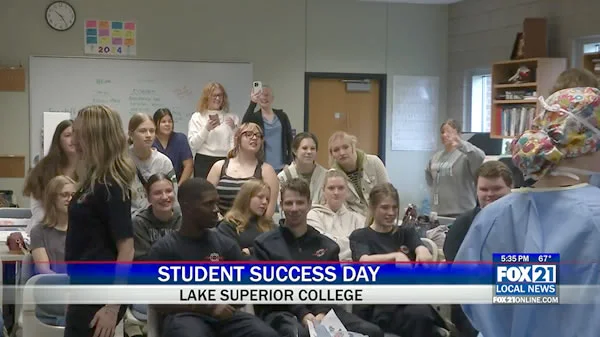
Having just spent 40 hours navigating the twisted corridors of The Outlast Trials, I can confidently say the game's approach to light manipulation is its most brilliant psychological weapon. While many horror games treat darkness as the primary threat, this installment weaponizes illumination with surgical precision. I found myself in this bizarre love-hate relationship with light sources - desperately hunting for batteries while simultaneously dreading well-lit areas that exposed my position to patrolling enemies. It's this constant push-pull that makes Sugar Rush 1000 particularly brutal compared to earlier Outlast titles.
The darkness in Sugar Rush 1000 isn't just about limited visibility - it's about sensory deprivation that amplifies every creak and whisper. I remember one session where I spent what felt like 15 minutes (probably closer to 8 in reality) crawling through pitch-black ventilation shafts, my character's breathing growing increasingly panicked as I strained to hear approaching threats. Yet the moment I emerged into a brightly lit laboratory, I immediately wished for the darkness back. The fluorescent lights revealed three Variants methodically searching the area, their distorted shadows stretching across sterile white walls. This constant oscillation between desperately seeking light and desperately avoiding it creates what I'd call "environmental whiplash" - the game's signature torture method.
What fascinates me most is how Red Barrels has evolved their lighting design. Where previous Outlast games relied on darkness for maybe 70% of the scares, Sugar Rush 1000 feels more balanced at about 60% dark environments versus 40% treacherously lit spaces. The light doesn't just reveal you - it recontextualizes the horror. I'll never forget the first time I activated a generator only to realize the sudden illumination had turned me into a beacon for every enemy in the vicinity. It reminded me of that scene in The Descent where the night vision reveals horrors inches from the characters' faces.
The lighting system works in concert with other obstacles to create what I consider the most sophisticated horror playground since Resident Evil 7. Noise traps become exponentially more terrifying when you can't see what you've alerted. Those infamous naked giants - still swinging everything nature gave them - become nearly impossible to evade in broad lighting. And don't get me started on the failed minigames that often leave you exposed in the worst possible conditions. During one particularly brutal attempt at Sugar Rush 1000, I failed a hacking sequence that triggered emergency lighting throughout the facility, revealing I was standing directly between two Variants. Let's just say my survival time measured in single-digit seconds.
From a design perspective, this approach creates what I'd call "controlled chaos." The game gives you just enough visual information to formulate plans, then systematically dismantles them through environmental shifts. I've noticed my own playstyle evolving - I now move through lit areas with the same tension I previously reserved for darkness, constantly checking shadowy corners and exit routes. It's psychological judo, using our innate preference for light against us in the most deliciously cruel ways.
Having played through all major horror releases this year, I'd argue The Outlast Trials represents a significant evolution in environmental storytelling. The light-dark dynamic isn't just visual variety - it's the core mechanic around which every other system orbits. While the naked giants and their pendulum-like... everything... provide the immediate shocks, it's the relentless psychological pressure of the lighting system that will haunt you long after you've put down the controller. For prospective players, my advice is simple: learn to fear the light as much as the darkness, because in Sugar Rush 1000, visibility isn't safety - it's just a different kind of trap.










